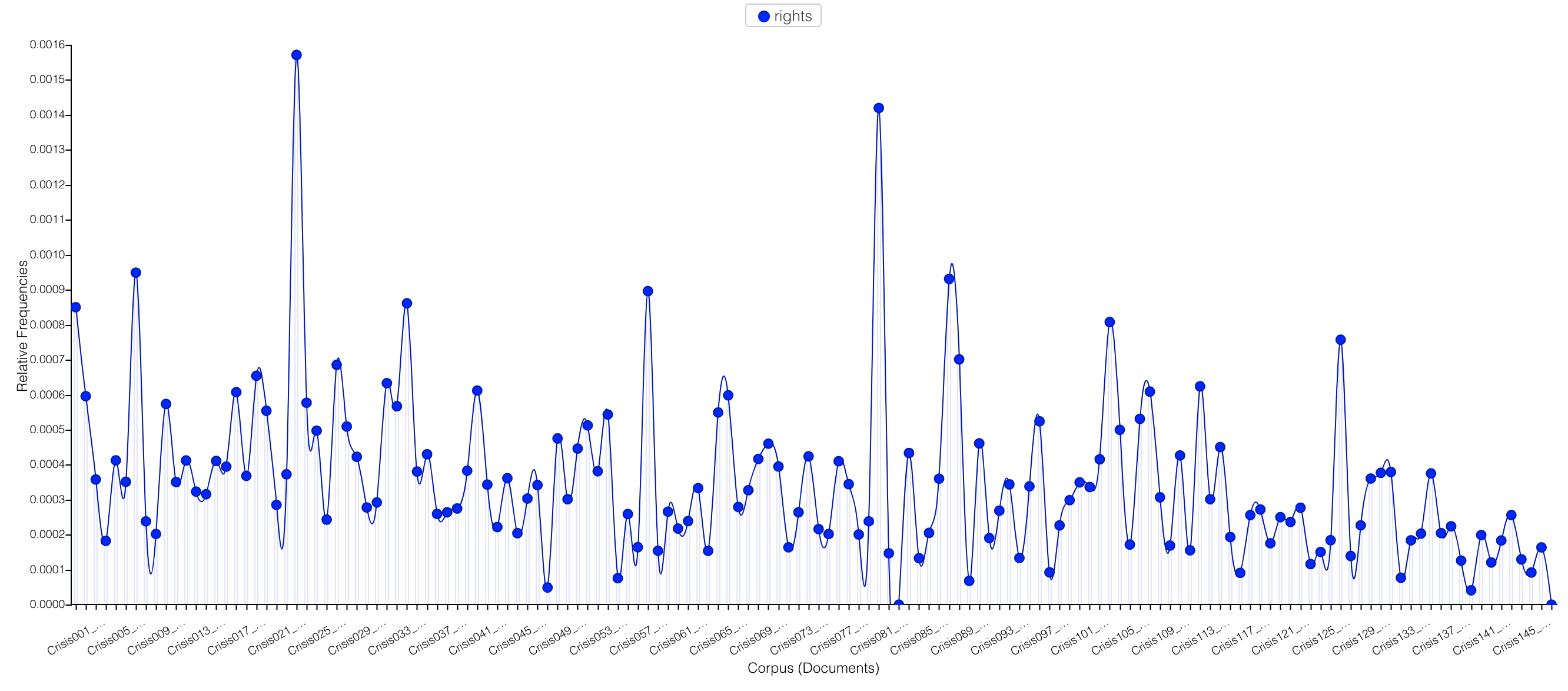Bornstein gives a very detailed account of what it means to "read a page" through different examples throughout his piece. I thought it interesting to place myself in this mindset while reading through the June 1918 issue of The Crisis. What an interesting way to delve into a text that allows one to look beyond the "linguistic code" as Bornstein puts it, and instead focus on the "bibliographic codes" as well in order to develop a broader range of meaning that helps with the interpretation of the text.
Bornstein mentions that in order to read a page effectively, it is important to "recognize that the literary text consists not only of words, but also of the semantic features of its material instantiations." With this in mind, I chose The Crisis as my guinnea pig for this unique approach that I had not used prior to reading Bornstein's work. Rather than merely focusing on the words I dove into the text to look for "clues" that would bring the text alive for me. Bornstein suggests that looking at the "cover design, page layout, or spacing...other contents of the book or periodical in which the work appears, as well as prefaces, notes, or dedications that affect the reception and interpretation of the work," these "bibliographic codes," provide an "aura" that a reader can not establish when simply looking at the "linguistic code."
Even though my first thought was to jump straight to the text, I spent my energy and focus on breaking down the different elements of the magazine edition, starting with the cover design and art to see what added meaning I could uncover. I took note of the lone soldier placed on the cover and read on to see that the cover design was influenced by a poster painted by another individual. This prompted me to look and research further into this dynamic, contributing to my sense of the historrical presence and aura.
I next looked at the page layout and when bold print came up in the text I zeroed in on the purpose behind it. Large, blue, bold text that stated "The Moorefield Storey drive for 50,000 members" placed me into context of the significance of this magazine, a venture that aims to gather a community that fights for justice. "DO IT NOW" allows for a sense of urgency, showing that this magazine means much more than the words on a page but a catalyst for change in this historical time period.
Finally, I would like to touch on the other contents of the magazine that contributes to this "aura" presented in the text. The Ads that are placed periodically throughout the magazine lend a much needed sense of honor and dignity to the overall impression of the magazine. The ads give readers a much more in depth perception of the meaning and emphasis of this work. "Prideful", "dignified", and "prominent" are terms that come to mind as the magazine becomes filled with these positive trinkets placed throughout that cast African Americans out of the lens of oppressed and into one of strength.
Although I could say more, this journey of "reading a page" was enlightening for me. It helped broaden my perspective in analyzing a text through multiple modes and opened my eyes to a different perspesctive of thought about this particular text.







 Imagine investing in real estate in New York City in 1918. It had to have been phenomenally difficult, even back then, and espcially for African Americans, who were in the throes of Jim Crow America. But it's fun to think about the lucky few who might have been able to make it happen. Imagine if they kept their property in the family for generations...roughly 4-5 or so by now. Teleologically speaking, we can see the value in this ad. Everyone back then knew that NYC real estate would grow in value, but I don't think anyone had any idea how much NYC real estate would grow. It also makes me wonder where we should be investing here and now and making plans to keep those investments in the family...how much will things grow in the next 102 years? What advantages will we give our descendents?
Imagine investing in real estate in New York City in 1918. It had to have been phenomenally difficult, even back then, and espcially for African Americans, who were in the throes of Jim Crow America. But it's fun to think about the lucky few who might have been able to make it happen. Imagine if they kept their property in the family for generations...roughly 4-5 or so by now. Teleologically speaking, we can see the value in this ad. Everyone back then knew that NYC real estate would grow in value, but I don't think anyone had any idea how much NYC real estate would grow. It also makes me wonder where we should be investing here and now and making plans to keep those investments in the family...how much will things grow in the next 102 years? What advantages will we give our descendents?
